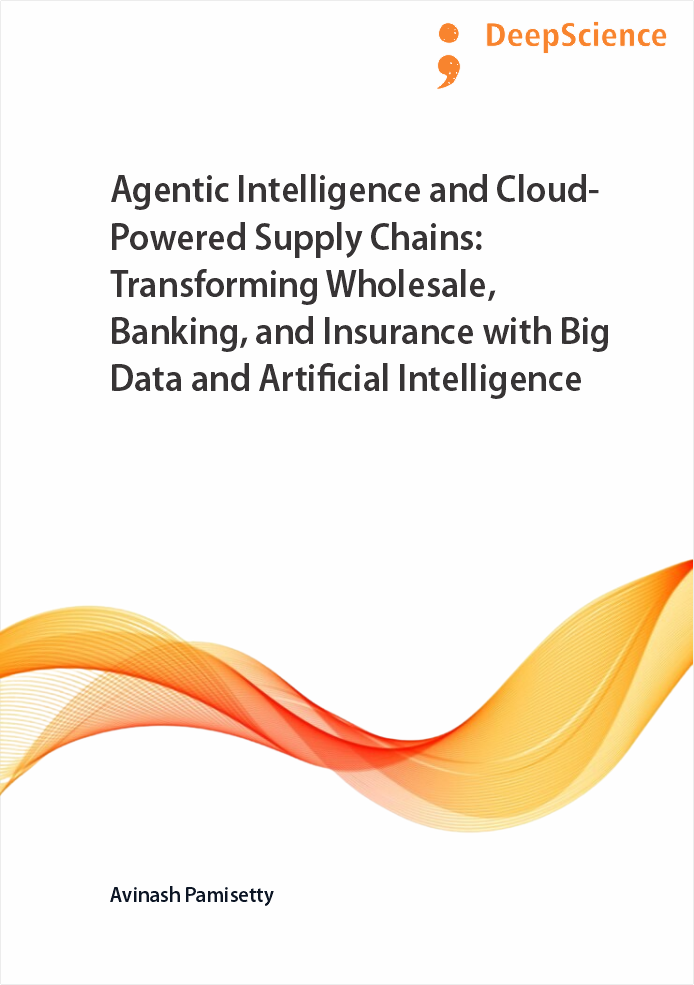Utilizing machine learning and predictive analytics to enhance risk assessment and claims processing in insurance
Synopsis
Insurance companies gather a growing variety of data for use in the insurance process. Many emerging data sources, such as the ones collected from the Internet of Things (IoT) and social media, may complement traditional data to provide better insights to predict future losses in an insurance contract. However, the variety of data sources implies a diversity of data formats. Some of these data sources come in a non-vectorial format, which makes them difficult to incorporate in the existing pre-established ratemaking models. This paper will present some of these emerging data sources and a unified framework for actuaries to incorporate them in existing ratemaking models.
The goal of this framework is to bring these novel data to actuaries through a new representation of the variables in the modelling process. The proposed approach stems from representation learning, which is a toy machine learning framework aiming to create representations of raw data. A useful representation will transform the original data into a dense vector space where the ultimate predictive task is simpler to model. To achieve this goal, two steps are needed: (1) learning representations from the emerging data with deep neural networks, and (2) adding the representation vectors to the data of the existing ratemaking models, which are then retrained with these new variables.
Historically, the field of actuarial science has a well-established methodology for the prediction of future losses in property and casualty (P&C) insurance contracts. Due to the computational expense of the models, until recently, these models were often structured based on relatively few variables, relying on the expert knowledge of actuaries to decide the important terms and how to represent them in a model. In addition, most modelling practices in actuarial science consider data in a tabular format.Therefore, to apply better pricing risk and claim processing, vehicle insurance companies need to understand how risk assessment features impact insurance claims, choosing the proper techniques. Insurance claims size prediction is one of the best ways of understanding how various risk assessment features affect vehicle insurance claims. A key challenge for the insurance industry is for each customer to charge an appropriate price for the risk that customer represents. Risk varies widely, and a deep understanding of the underlying processes generating this risk is crucial for predicting the likelihood and cost of insurance claims. Focusing on a specific nonlife market, namely vehicle insurance.












